Rising Demand in Aerospace Applications
The Helium Market is experiencing a notable surge in demand due to its critical applications in the aerospace sector. Helium Market is utilized in various aerospace technologies, including rocket propulsion and satellite systems. The increasing investments in space exploration and satellite launches are propelling the need for helium, as it serves as a cooling agent for rocket engines and helps maintain the integrity of satellite systems. According to recent data, the aerospace sector is projected to account for a significant share of the helium market, with estimates suggesting a growth rate of approximately 5% annually. This trend indicates a robust future for the helium market, driven by advancements in aerospace technologies and the growing interest in space missions.
Strategic Partnerships and Collaborations
The Helium Market is experiencing a shift due to strategic partnerships and collaborations among key players. Companies are increasingly forming alliances to enhance their production capabilities and expand their market reach. These collaborations often focus on developing new technologies for helium extraction and refining, which could lead to more efficient and sustainable practices. Recent reports indicate that partnerships in the helium sector are likely to increase, as companies aim to address supply chain challenges and meet the growing demand for helium. This trend may result in a more competitive market landscape, fostering innovation and potentially stabilizing helium prices in the long term.
Emerging Applications in Research and Development
The Helium Market is also benefiting from emerging applications in research and development across various scientific fields. Helium Market is utilized in cryogenics, particle physics, and other research applications that require low temperatures. The increasing focus on scientific research and technological innovation is likely to drive the demand for helium in laboratories and research institutions. Recent data indicates that investments in research and development are on the rise, with many countries allocating significant budgets to scientific exploration. This trend suggests a potential increase in helium consumption as researchers seek to utilize its unique properties for advanced experiments and studies.
Expansion of MRI and Medical Imaging Technologies
The Helium Market is significantly influenced by the expansion of MRI and other medical imaging technologies. Helium Market is essential for cooling superconducting magnets in MRI machines, which are increasingly being adopted in healthcare facilities worldwide. The rising prevalence of chronic diseases and the growing emphasis on early diagnosis are driving the demand for advanced medical imaging solutions. Recent statistics indicate that The Helium Market is expected to grow at a compound annual growth rate of around 6% over the next few years, thereby enhancing the demand for helium. This trend underscores the critical role of helium in the healthcare sector, as it supports the functionality and efficiency of medical imaging technologies.
Growth in Electronics and Semiconductor Manufacturing
The Helium Market is witnessing growth due to the increasing demand for helium in electronics and semiconductor manufacturing. Helium Market is utilized in various processes, including the production of fiber optics and semiconductor fabrication. As the demand for electronic devices continues to rise, driven by advancements in technology and consumer electronics, the need for helium is expected to increase correspondingly. Recent market analyses suggest that the semiconductor industry is projected to grow at a rate of approximately 7% annually, which could lead to a substantial rise in helium consumption. This growth reflects the essential role of helium in ensuring the quality and performance of electronic components.
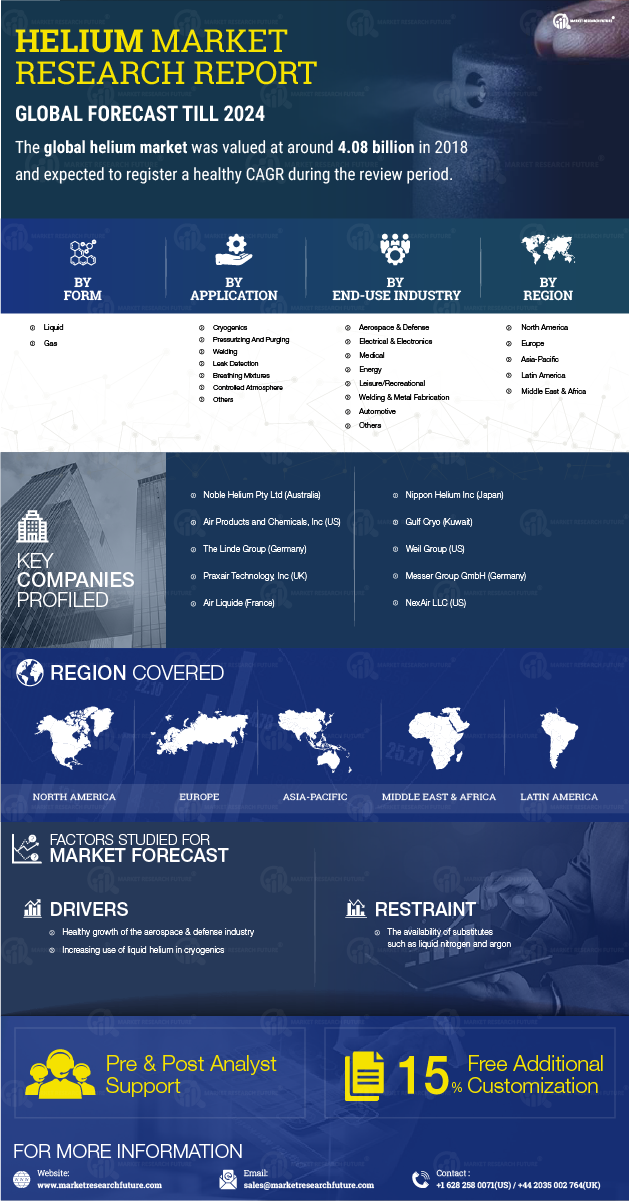

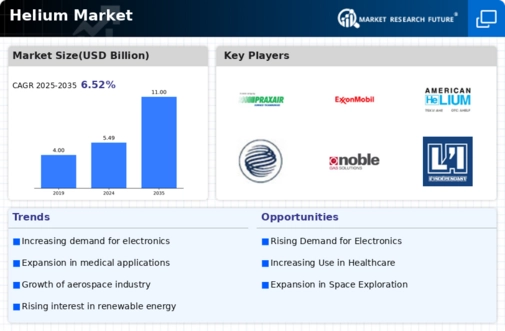
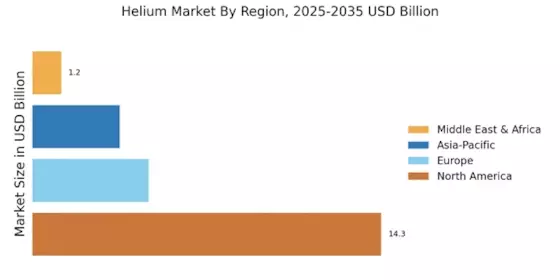
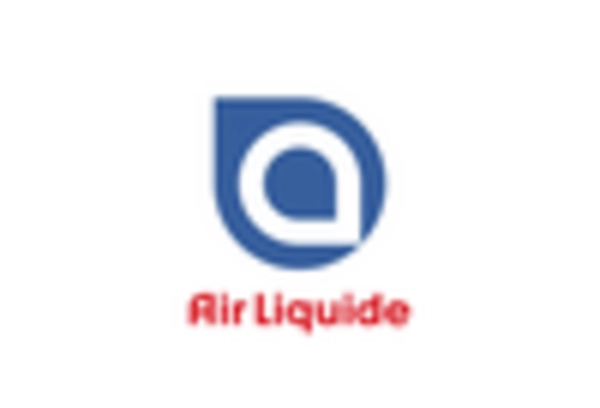
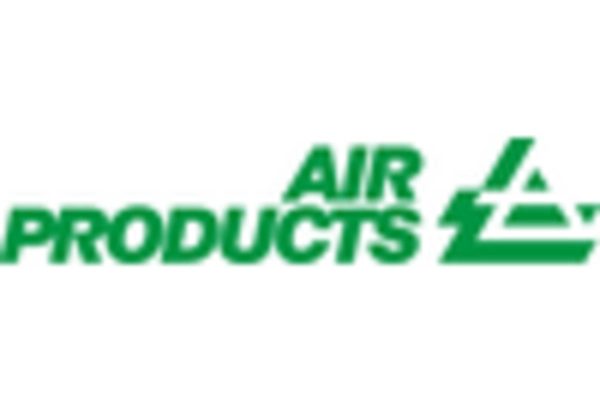
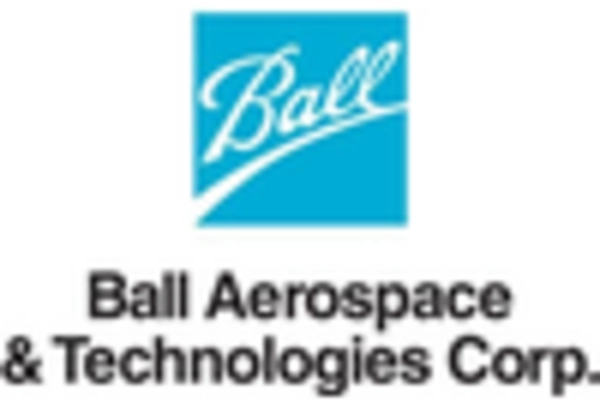
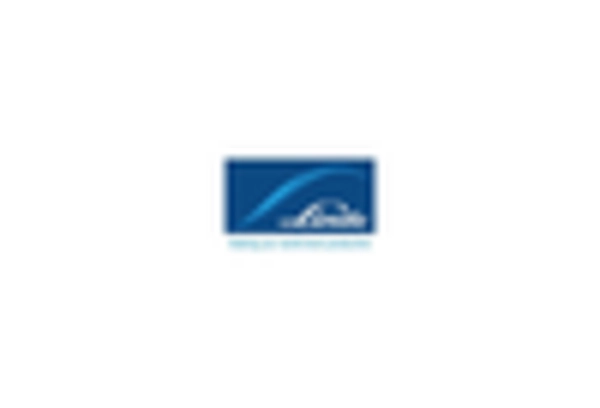
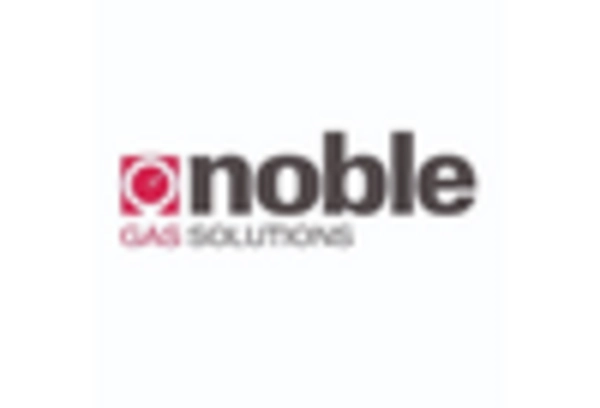
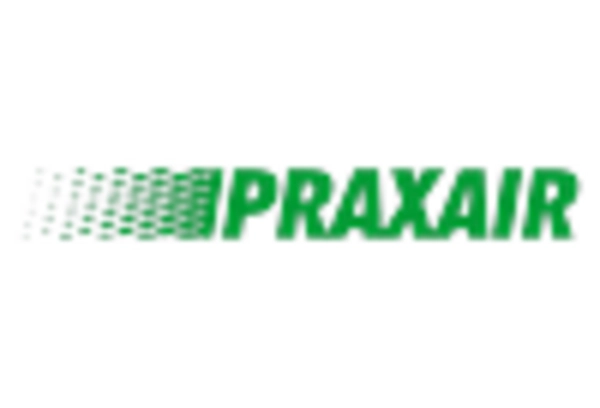








Leave a Comment